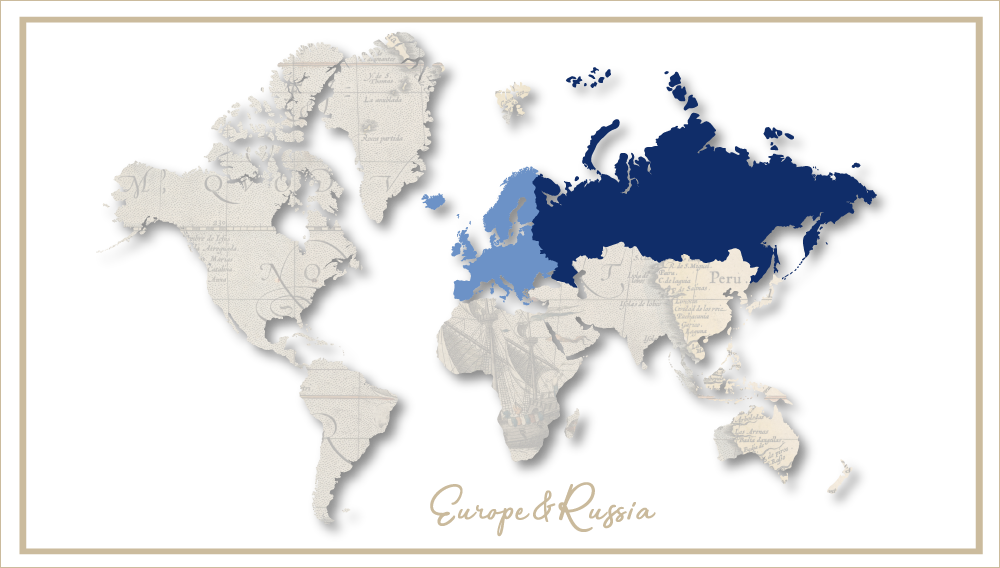Will AB InBev end up reducing its dividend?
More and more observers appear concerned by AB-InBev’s high level of dividend payout. As they see it, this prevents the world’s biggest brewer from cutting its debt load quickly. Already, AB-InBev’s debt load has put pressure on its share price. It has already lost a fifth of its value since the beginning of the year.
In early October 2018, the rating agency Moody’s expressed its concern. The rating agency maintained its rating on AB-InBev’s senior debt at A3 but decided to place it on negative watch.
This decision reflects the high leverage and slow pace of AB-InBev’s debt reduction after the acquisition of SABMiller in October 2016. The slower-than-expected growth in some key emerging markets is also worrying the agency as it prevents the group from accelerating its deleveraging.
In June 2018, the debt-to-EBITDA ratio reached 5.4 according to its calculations, which is high for this rating. Moody’s had expected AB-InBev to bring down its debt-to-profit ratio to a multiple of 4 within two years after the acquisition of SABMiller.
As if unconcerned, AB-InBev has continued its generous policy of distributing its profits. Morgan Stanley said recently: “We believe that AB-InBev will generate USD 11 billion in free cash flow in 2018. But after the dividend, there will be only USD 2 billion to reduce the debt burden.”
Nonetheless, Morgan Stanley emphasised that halving the dividend is not necessary, because there will be no heavy debt repayments on the menu in the coming years. Consider this: AB-InBev recently issued bonds which will mature in ... 2058.
Will AB-InBev submit to pressure to lower its dividend payout? We may know more on 25 October 2018 when AB-InBev will release its third quarter results.
Belgian media claim that it will be on this occasion that AB-InBev must announce the amount of its interim dividend which amounted to EUR 1.60 per share in recent years, to which was added, in general, a balance of EUR 2 per share, distributed after the general assembly.


